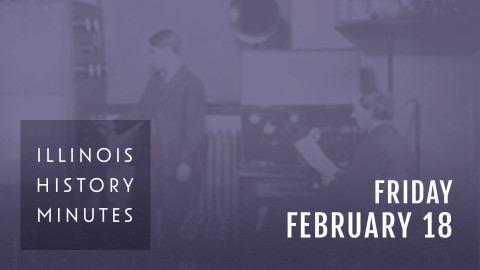
March 3 Illinois History Minute
It’s March Third, the date in in 1863, when President Abraham Lincoln signed a bill creating the National Academy of Sciences. Election to the academy was for several years the highest honor that an American scientist could receive.
On this day in 1913, Black journalist and activist Ida B. Wells marched with the Illinois delegation of a march in Washington D.C. for women’s suffrage. The march had a separate section for Black women, but Wells joined the main delegation instead.
And March Third 1923 was the date of the very first issue of Time Magazine, featuring retiring Congressman, and former House Speaker, Joseph Cannon of Danville on the cover. Time magazine described Cannon as one of the last of Washington’s Old Guard, who used the speakership for quote “perpetuating the dictatorship of the standpatters in the Republican Party”.










